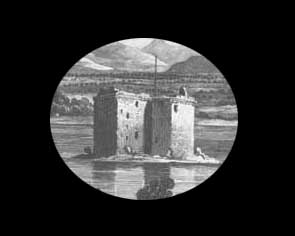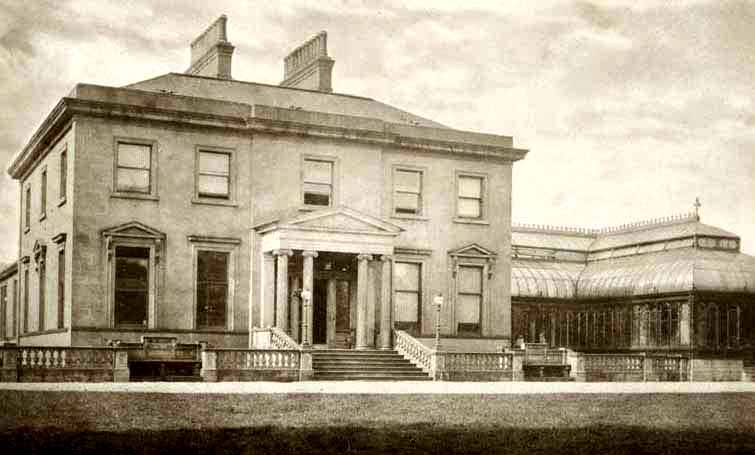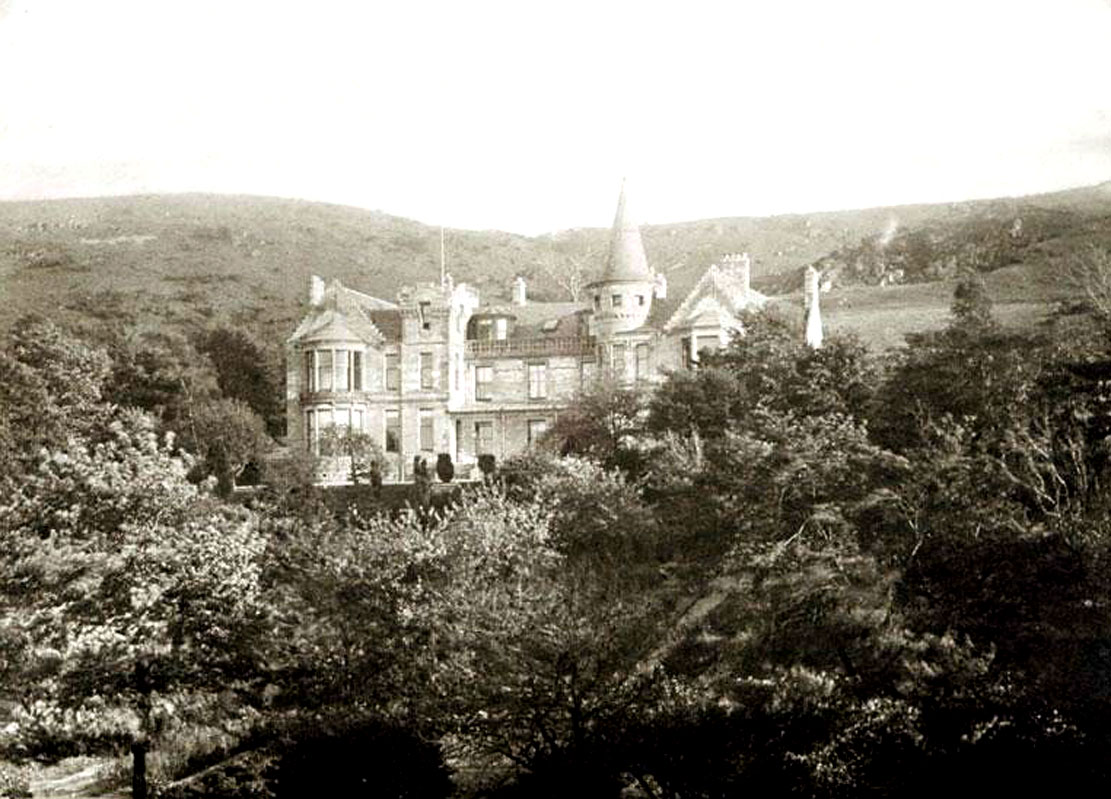
Photograph by
Thomas Annan
This beautiful house in a
spectacular setting in what is now Glen Park on
Glenfield Road was built around 1859 by William
Fulton, Laird of Glenfield who owned the nearby
dyeing and finishing Works. The factory was
called Glenfield Scouring Works and was founded
in the 1820s as a bleachworks, and largely
rebuilt in 1879 . It was latterly owned by
William Fulton & Sons Ltd, scourers, dyers
and finishers, who used soft water from the
Gleniffer Braes in their processing. It closed in
March 1966.

They made the household name 'Glenfield
Starch' which became so popular that another
manufacturer moved to Glenfield in order to also
call his starch by the same name resulting in a
famous ruling from the House of Lords. That's why
the advert below says "When you ask for
Glenfield starch, see that you get it". They
claimed it was the only starch used in Queen
Victoria's laundry.
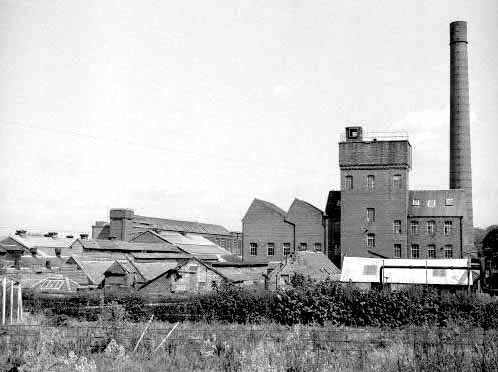 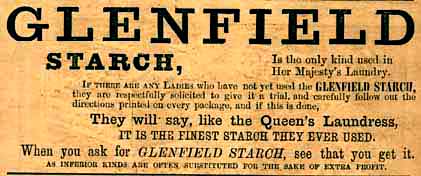
Here is some information about
owner William Fulton and the glen concerts..
Rising from humble beginnings
as a weaver he eventually became a rich
industrialist - but never forgot his roots. When
he first took over the estate he expressed a wish
that “all the people of Paisley would be at
liberty to come and walk by the braes and glens,
as if it were their own.” In the same public
spirited way he declined to charge the organisers
for the use of the land – all the more
surprising when you consider the scale of the
concerts, which were without parallel in their
day and were as impressive as modern pop
festivals.
 
In their heyday, the choir numbered around 700
voices, composed mainly of mill girls and other
working class women of the town, and the
concerts, consisting of a mainly Scottish
repertoire, were performed to astonishingly large
audiences of around 30,000. At the time of the
Burns statue series however the choir numbered
around 400 and their audience peaked at over
20,000. The concerts successfully raised
money for good causes from 1874 until 1936, when
they were discontinued due to lack of support.
One of their first gifts to the town was the fine
statue of Robert Tannahill mentioned earlier, but
as they embarked on the Burns series they were
setting a much more ambitious target.
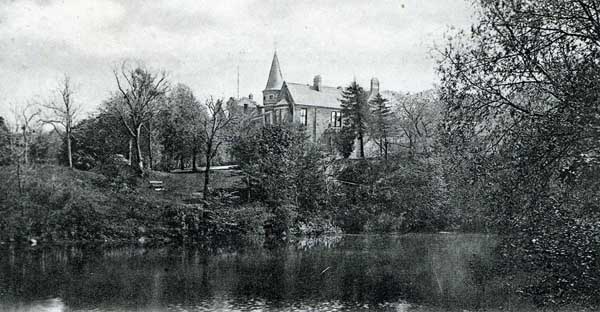 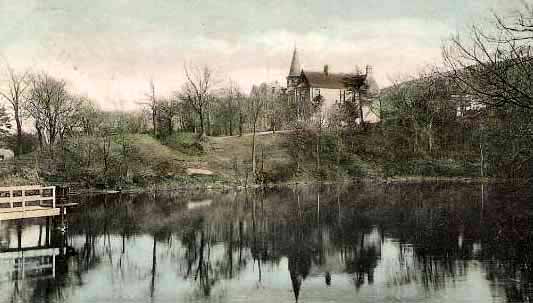
The site can be found in Glen Park today beside
the children's play area.
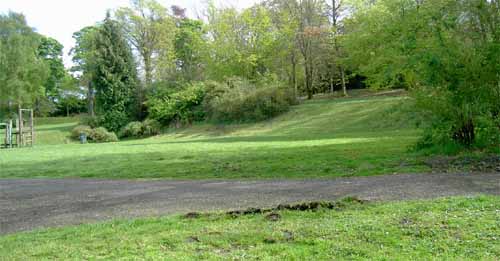 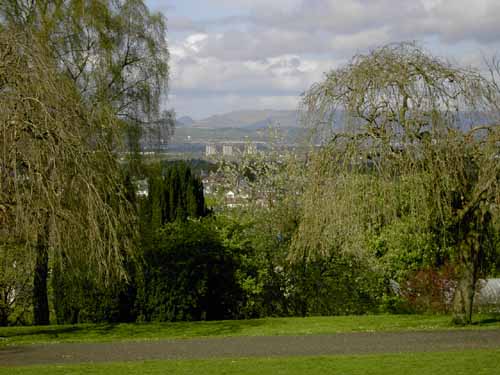
Photo of the house from the braes
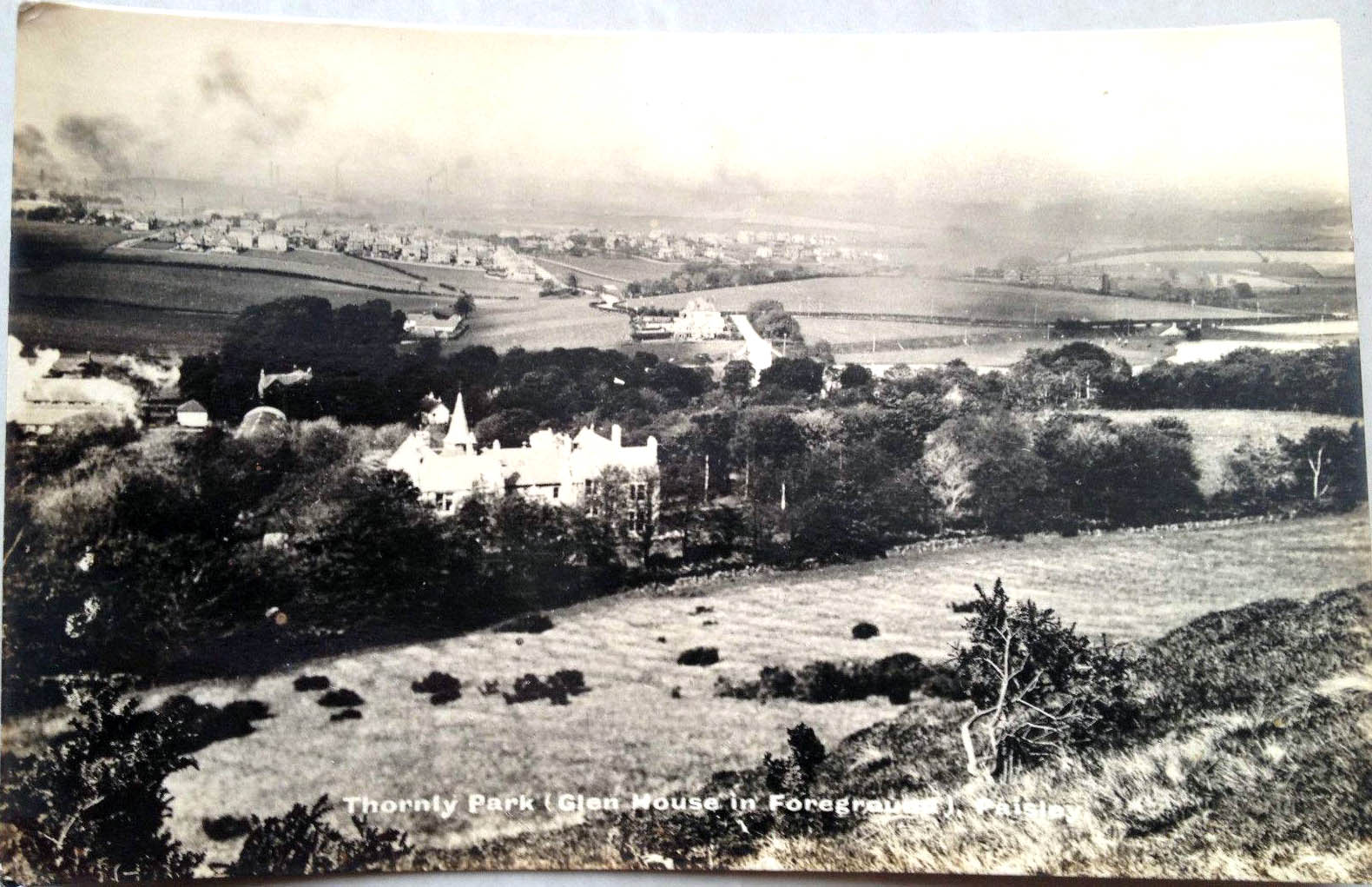
Annotated by Roddy Boyd.
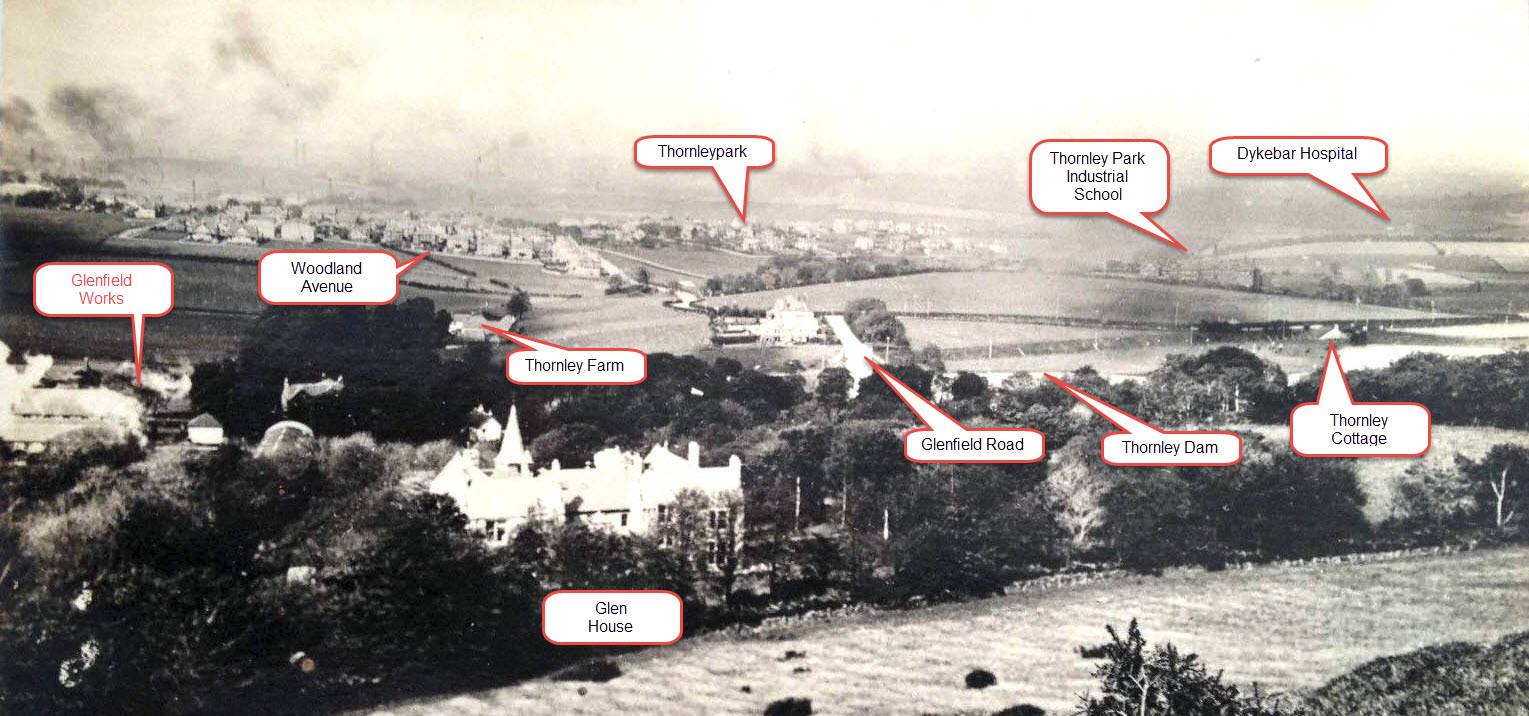
Craigielinn

Craigielinn
House once stood near the top of
the Gleniffer Braes in what was a 45 acre estate
not far from Paisley Golf Course and
Glenburn reservoir. Remains can
be found today beside a style
(through a fence) just below the tree line. The
map below right (click for larger version)
is annotated with the place names that can be
found at the bottom of this 1868 map. The house still
appears in the 1947 map (left). It's easy to
find by following a line of
bushes (marked by a blue line) on the map that
veers to the left straight down to the fence. The
same line is still visible on Bing maps (right).
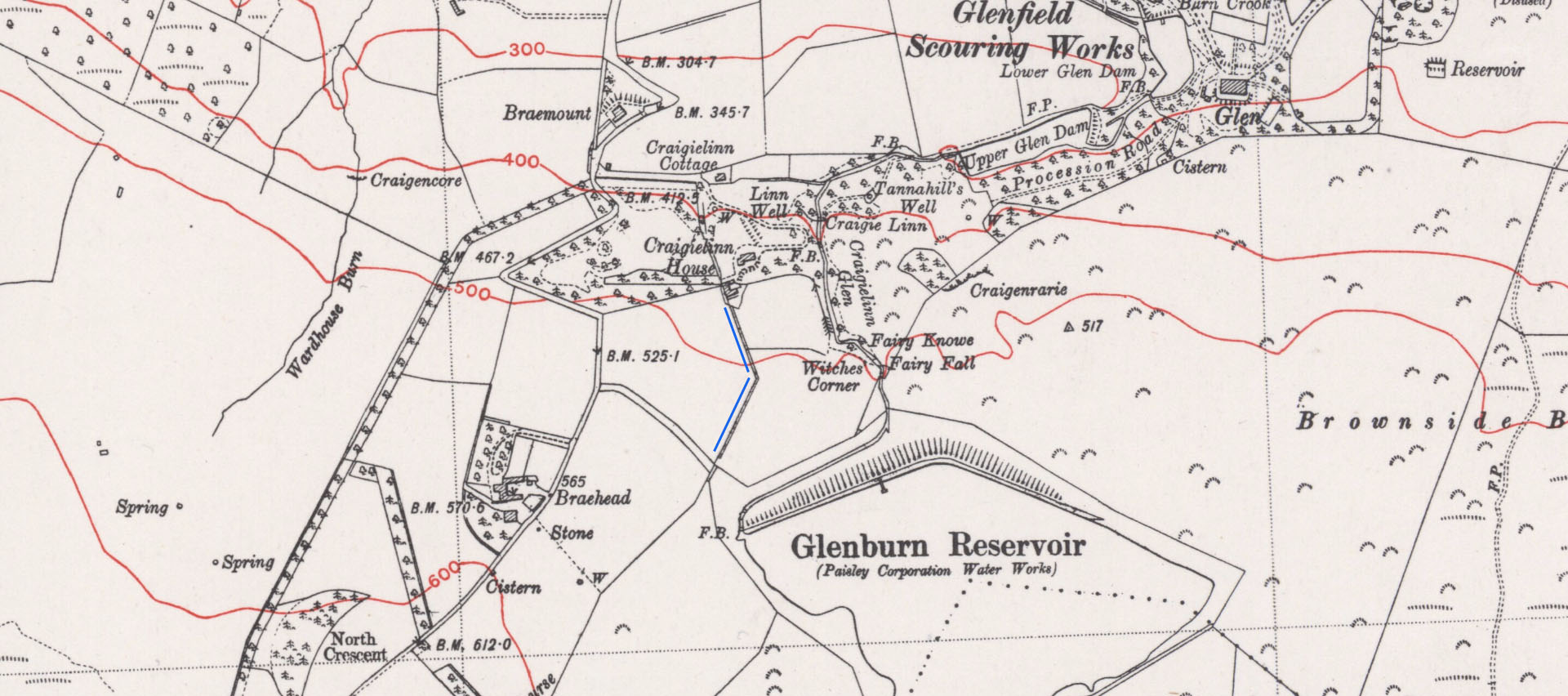 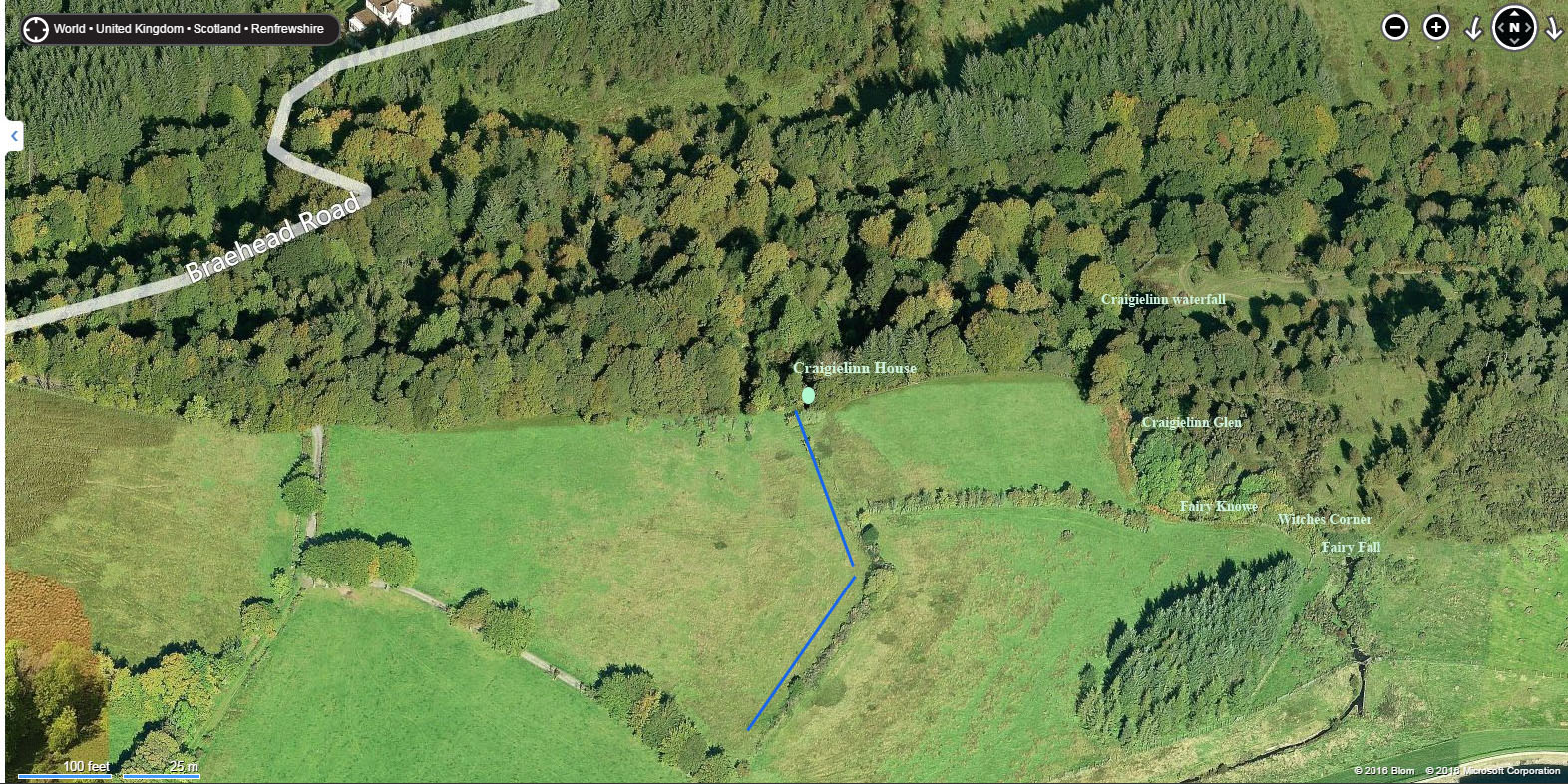
The building was described as "a superior dwelling
house with garden and ornamental grounds attached
the property of Rev P Brewster and occupied by
him". The configuration of the property is
different in the 1947 and 1868 maps. The wall
looks like part of the larger 1947 building.
Brewster was the renowned Paisley Abbey minister,
crusading preacher, author and political radical Patrick Brewster who lived in the house until his
death in 1859. In 1922, it was bought by Glasgow
philanthropist George Carter Cossar as a training farm for destitute
boys before emigration to Canada. More here.
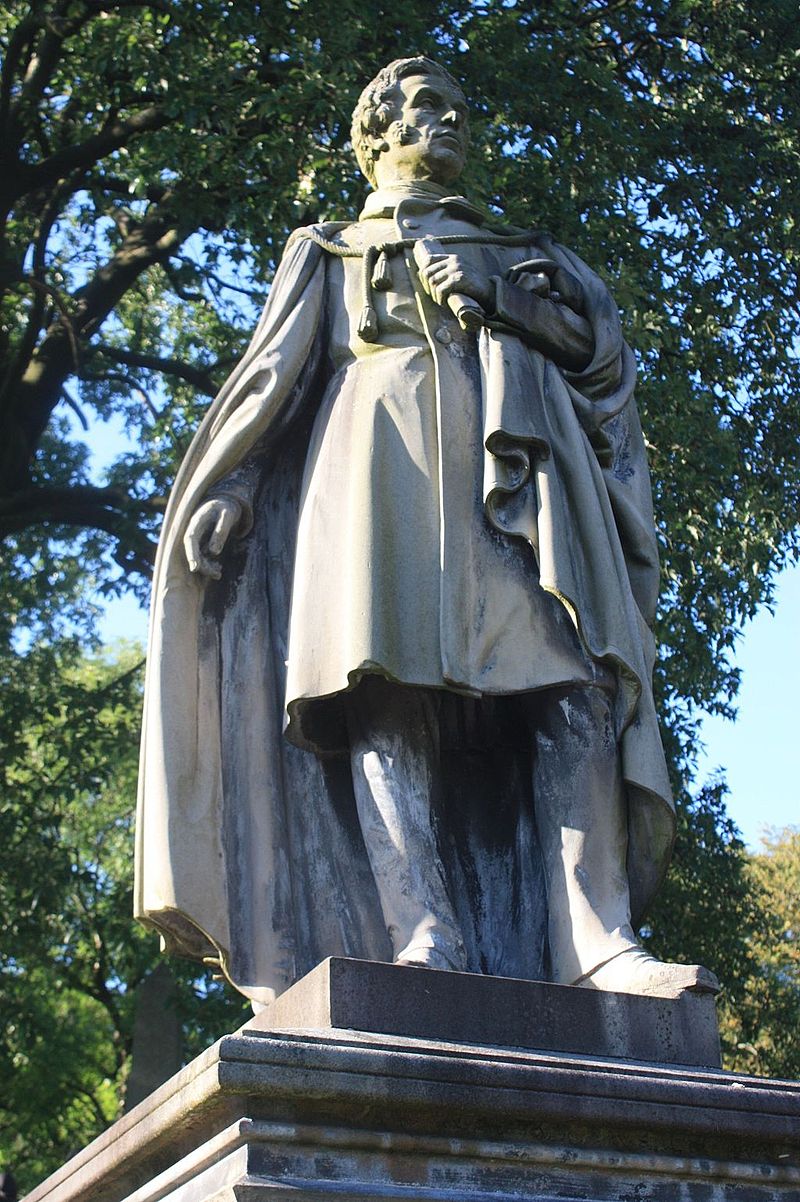
That there is a style at the remaining wall may
not be a coincidence. Either
a modern replacement or put there to allow access
to the ruin. The house is
situated in a significant hollow created by a
small stream and there is what appears to be a
boundary wall at the other side of the fence
(right) which can be seen on the 1947 map.
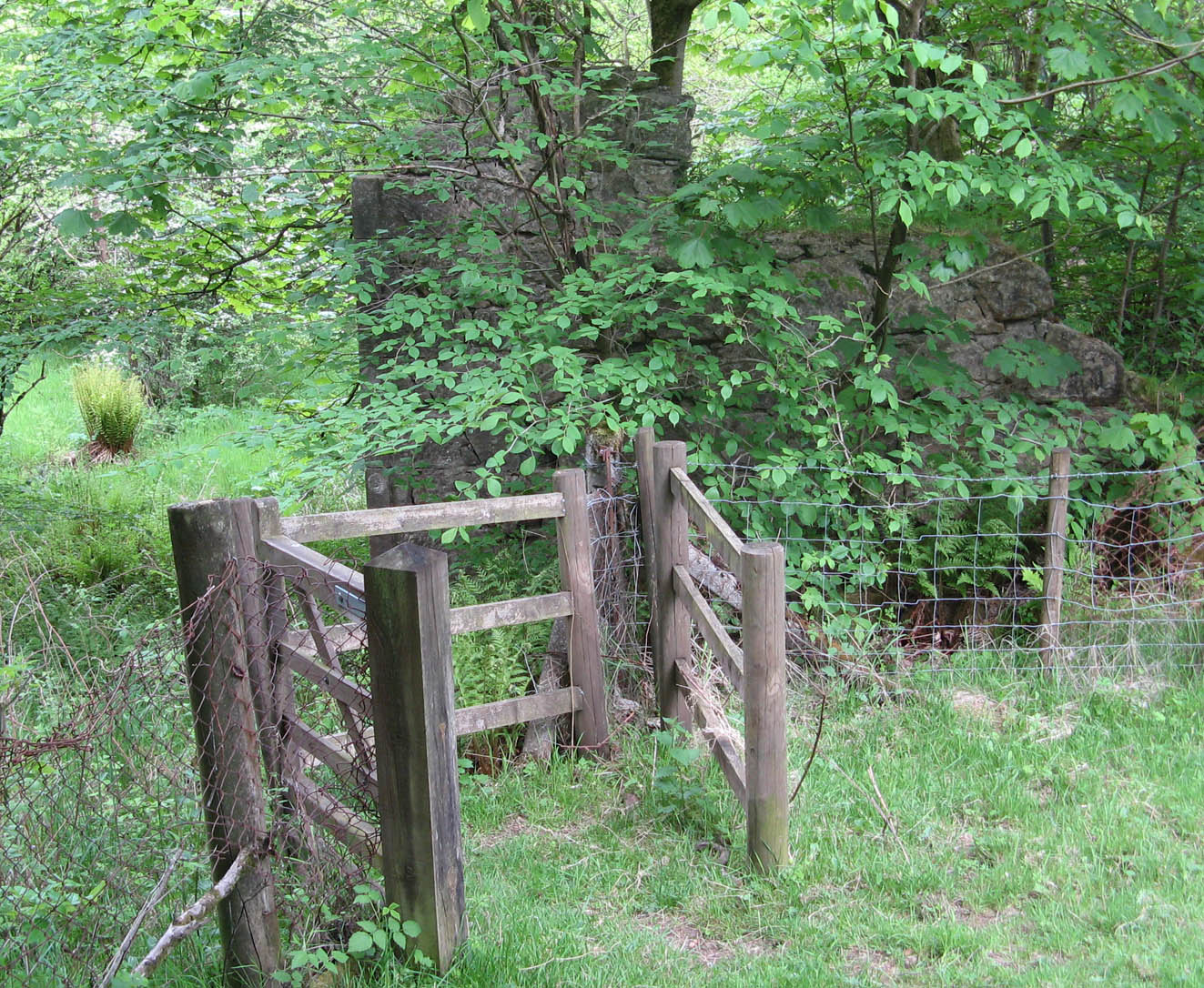 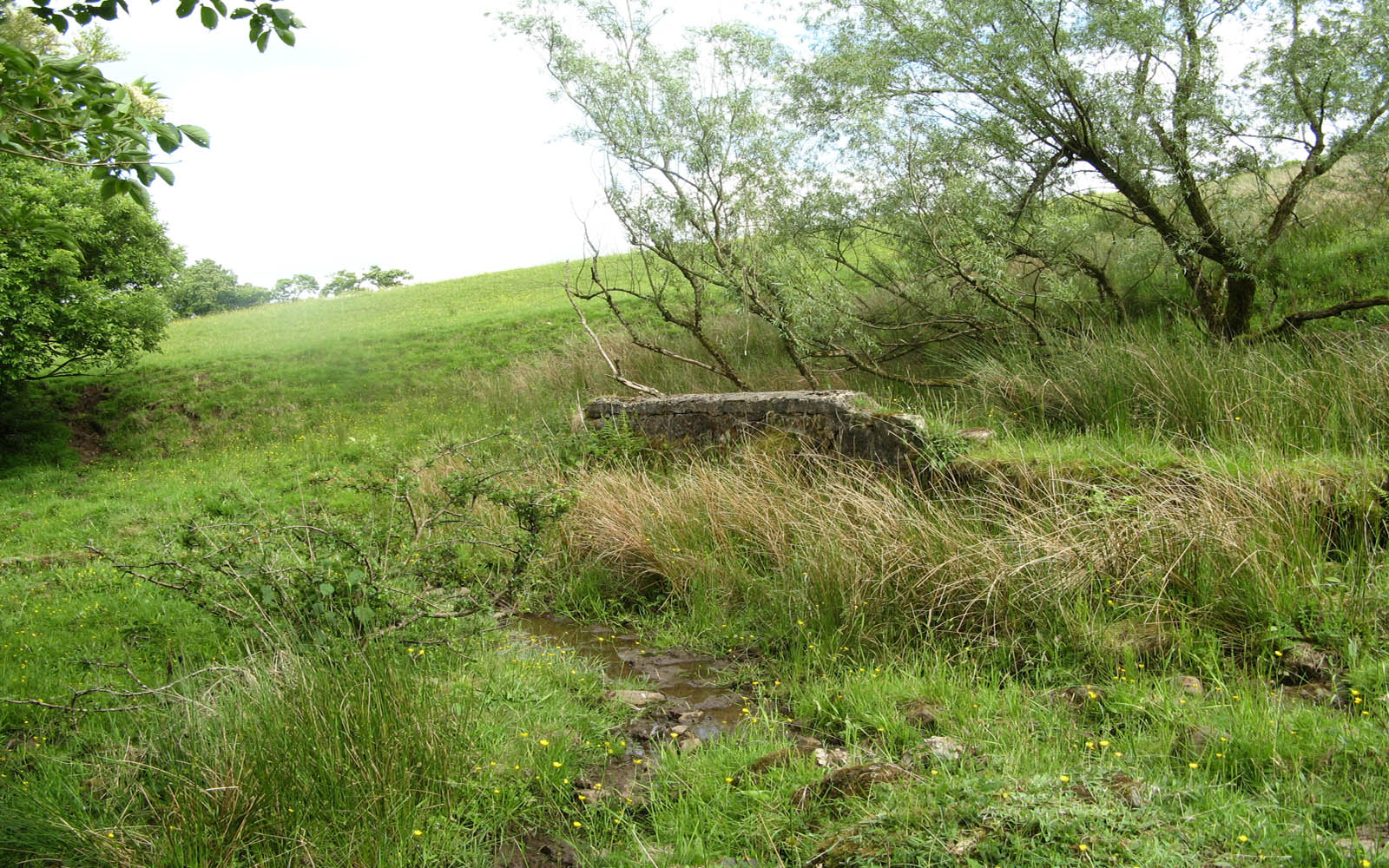
There is also what looks like a brick
base a few yards from the wall (left). Witches
Corner is on the right.
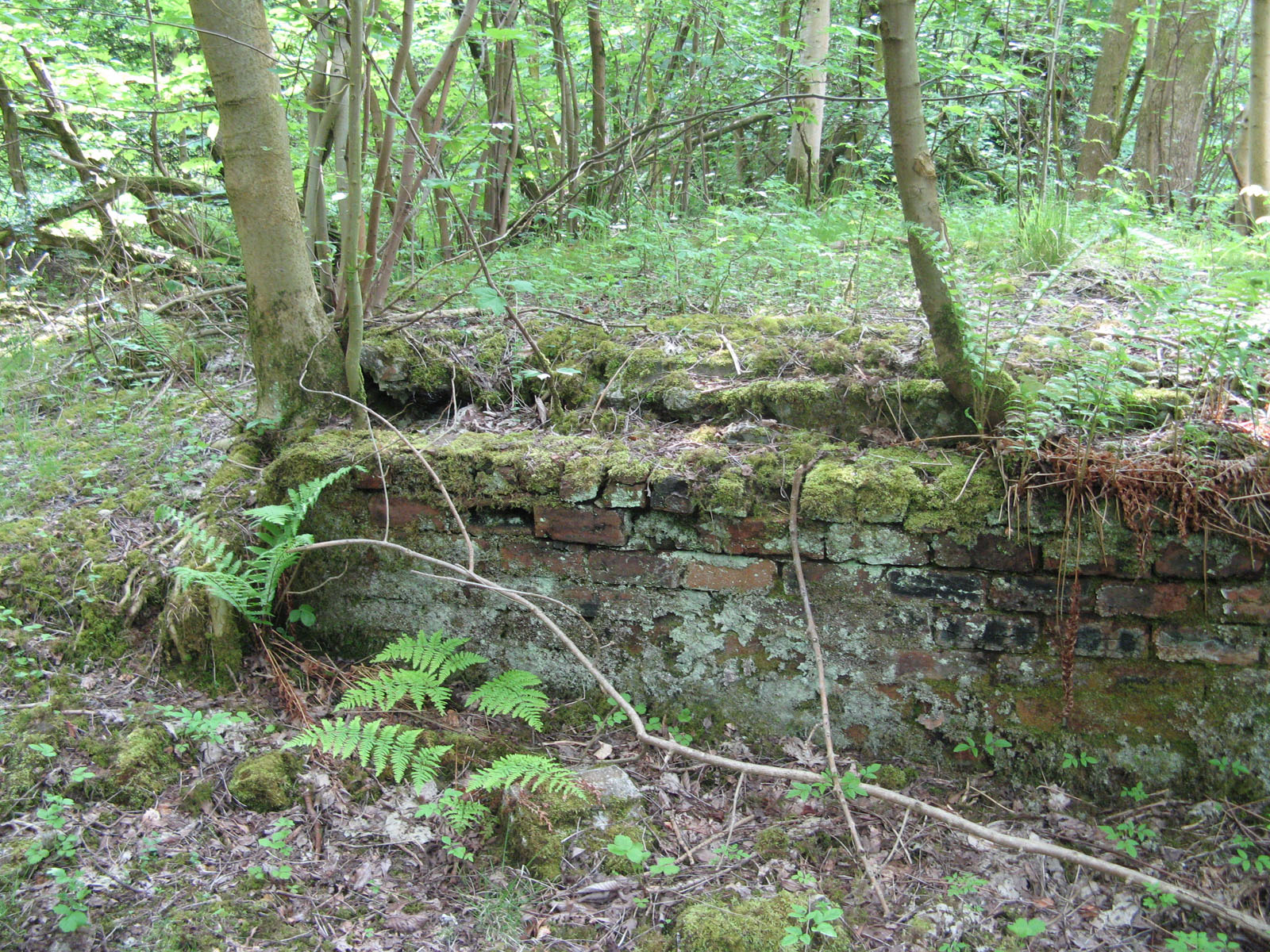 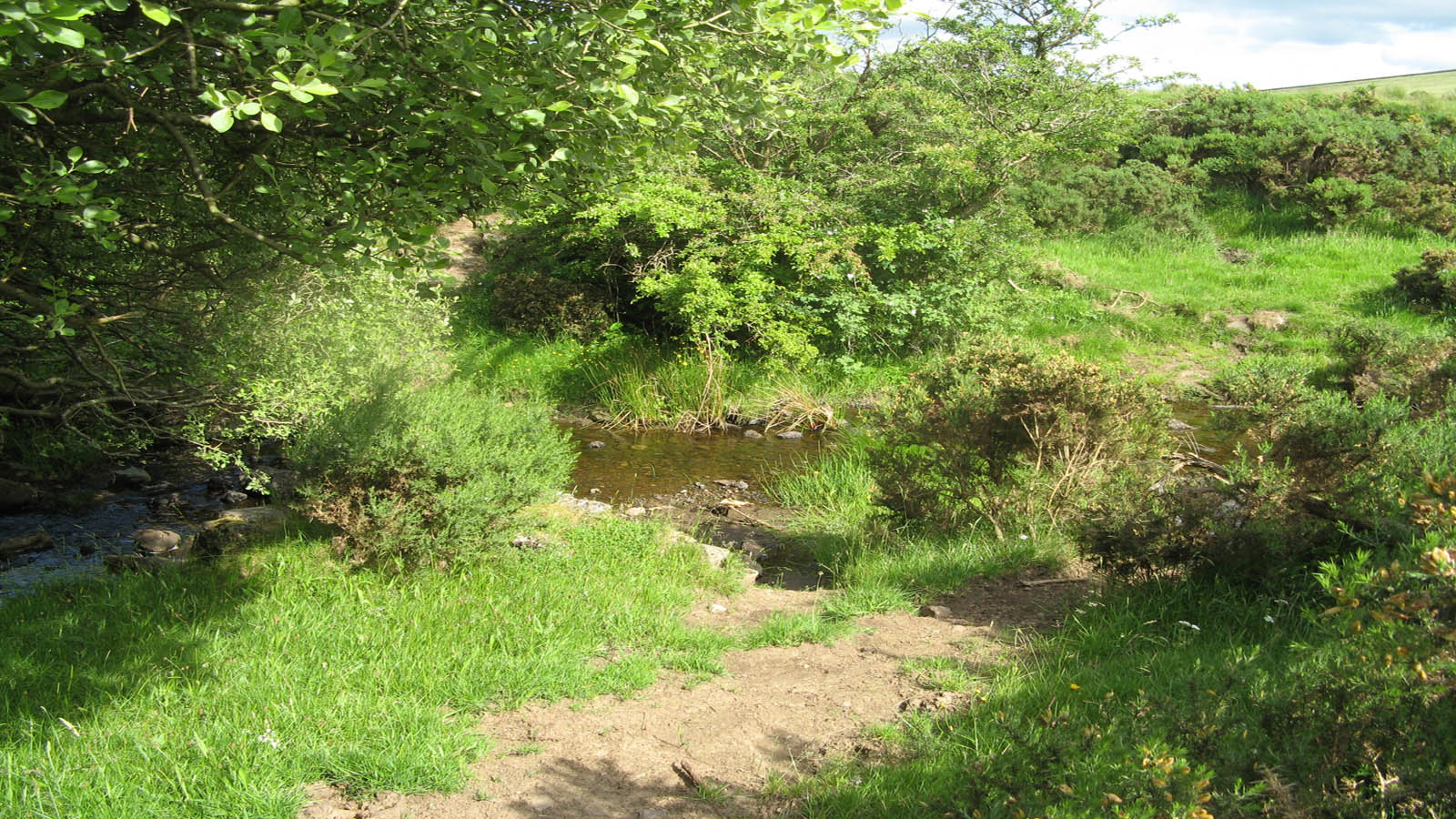
The names Fairy
Knowe, Fairy Fall (Geograph) and Witches Corner on the map
were actually created by Brewster
himself and he applied to Ordnance Survey to have them
placed on maps as can be seen by following the
link.
It's difficult to see through the foliage, but it
looks like a steep gorge from Witches Corner down
and easy to imagine that minus the deep
undergrowth, this might have been a dramatic
piece of (micro) scenery and why Brewster went to
the trouble of naming and registering places that
weren't even on his land. It was the property of
a Mr Fulton owner of the 'The Glen' mansion. The nearby Gleniffer Gorge made by the Gleniffer Burn
is 50 feet deep in places.
They are all on the line of the Glen Burn which flows out of the Glenburn Reservoir . Further downstream are the
spectacular Craigielinn falls. Here is an excellent video made with a drone flying from
the beautiful top Linn dam up to the falls.
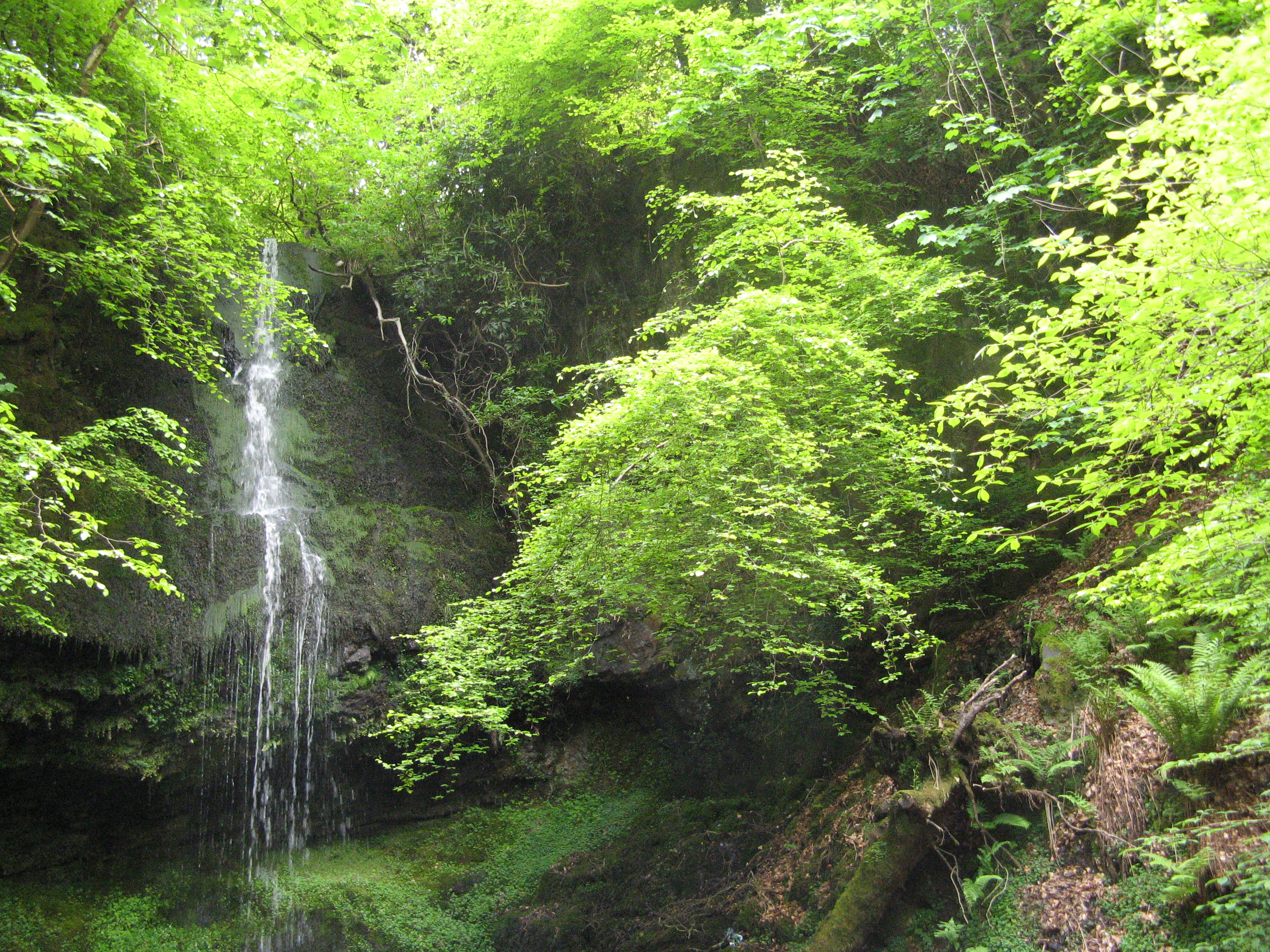
|
